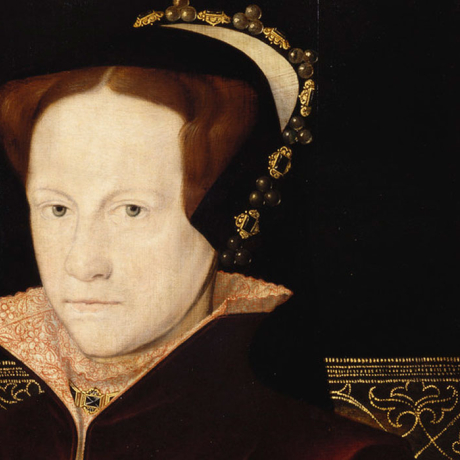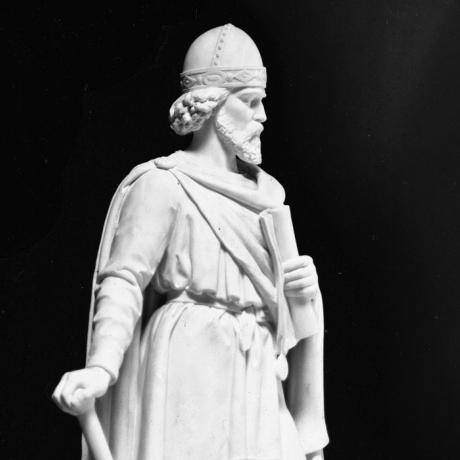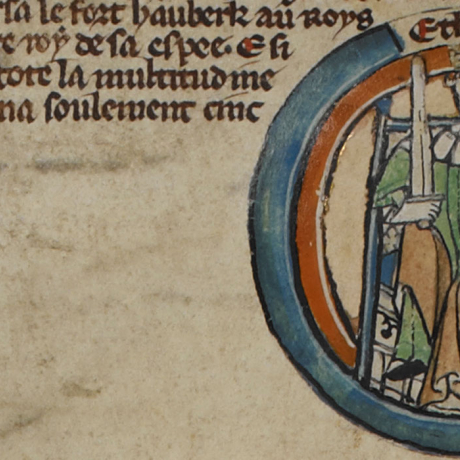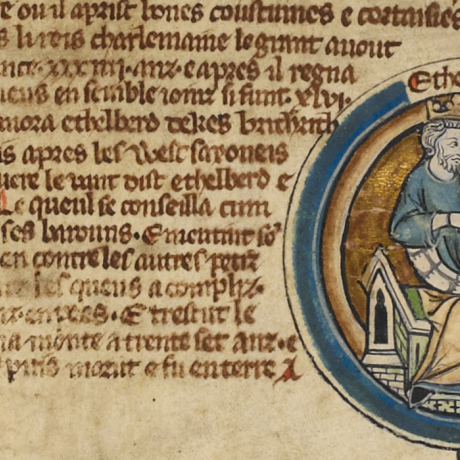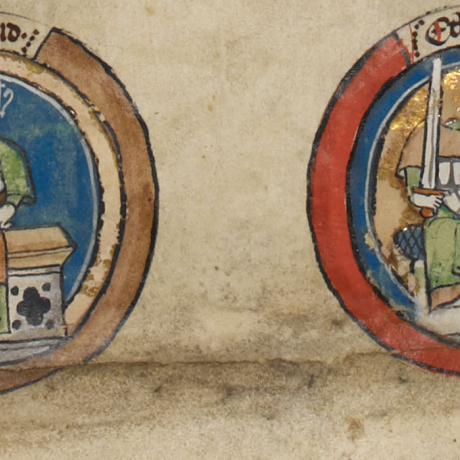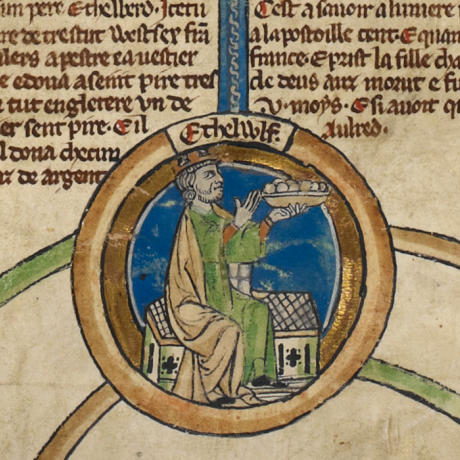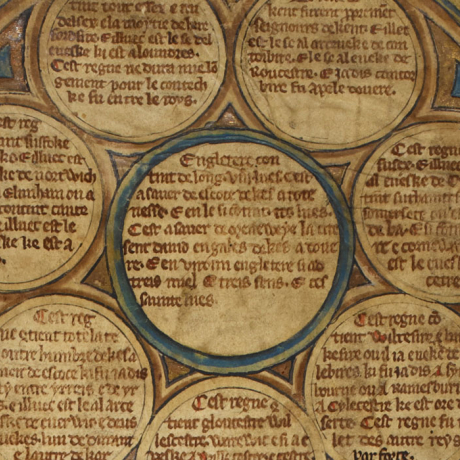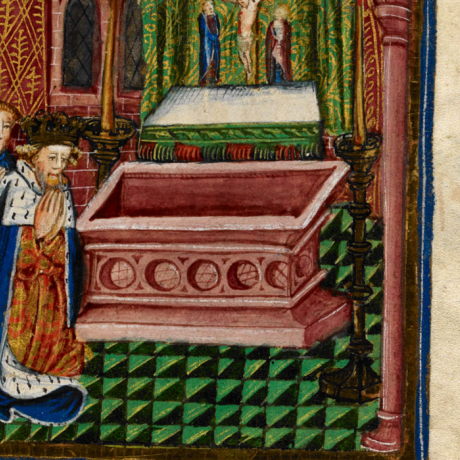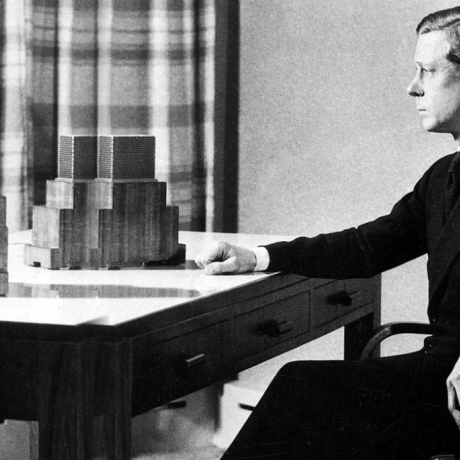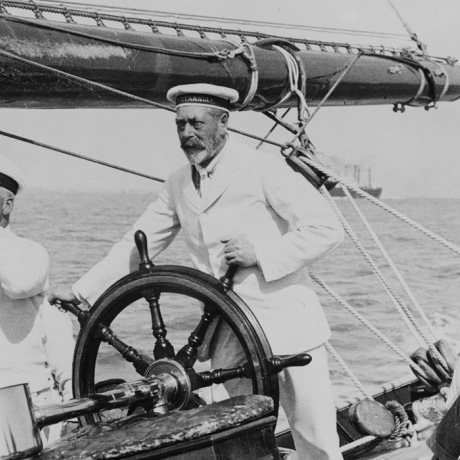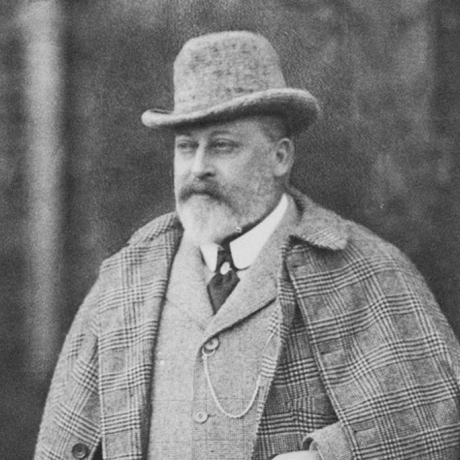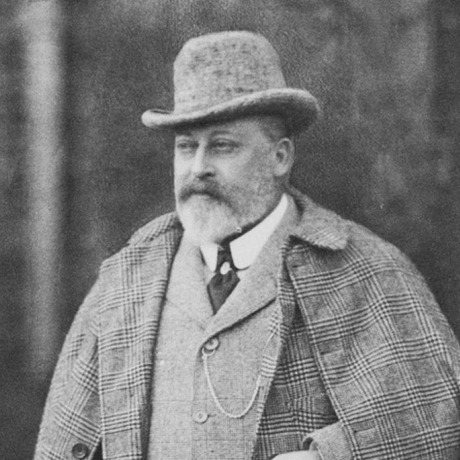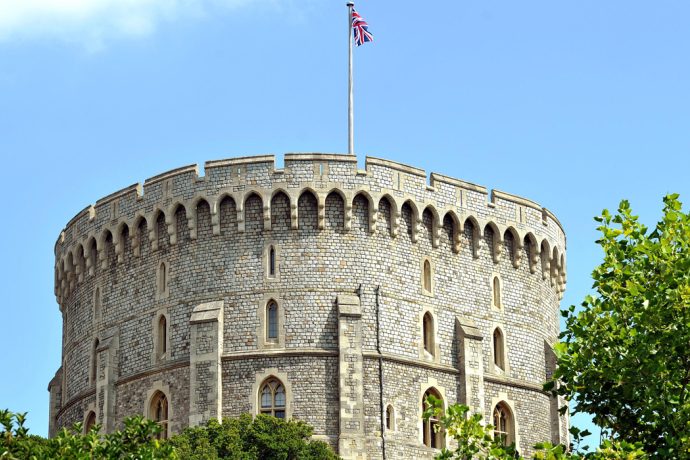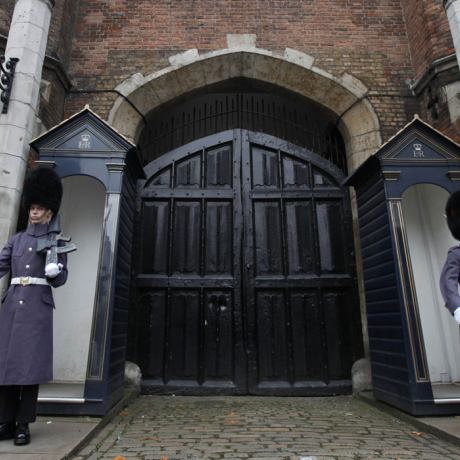Mary I was the first Queen Regnant (that is, a queen reigning in her own right rather than a queen through marriage to a king). Courageous and stubborn, her character was moulded by her early years.
An Act of Parliament in 1533 had declared her illegitimate and removed her from the succession to the throne (she was reinstated in 1544, but her half-brother Edward removed her from the succession once more shortly before his death), whilst she was pressurised to give up the Mass and acknowledge the English Protestant Church.
Mary restored papal supremacy in England, abandoned the title of Supreme Head of the Church, reintroduced Roman Catholic bishops and began the slow reintroduction of monastic orders.
Mary also revived the old heresy laws to secure the religious conversion of the country; heresy was regarded as a religious and civil offence amounting to treason (to believe in a different religion from the Sovereign was an act of defiance and disloyalty).
As a result, around 300 Protestant heretics were burnt in three years - apart from eminent Protestant clergy such as Cranmer (a former archbishop and author of two Books of Common Prayer), Latimer and Ridley, these heretics were mostly poor and self-taught people.
Apart from making Mary deeply unpopular, such treatment demonstrated that people were prepared to die for the Protestant settlement established in Henry's reign.
The progress of Mary's conversion of the country was also limited by the vested interests of the aristocracy and gentry who had bought the monastic lands sold off after the Dissolution of the Monasteries, and who refused to return these possessions voluntarily as Mary invited them to do.
Aged 37 at her accession, Mary wished to marry and have children, thus leaving a Roman Catholic heir to consolidate her religious reforms, and removing her half-sister Elizabeth (a focus for Protestant opposition) from direct succession.
Mary's decision to marry Philip, King of Spain from 1556, in 1554 was very unpopular; the protest from the Commons prompted Mary's reply that Parliament was 'not accustomed to use such language to the Kings of England' and that in her marriage 'she would choose as God inspired her'.
The marriage was childless, Philip spent most of it on the continent, England obtained no share in the Spanish monopolies in New World trade and the alliance with Spain dragged England into a war with France.
Popular discontent grew when Calais, the last vestige of England's possessions in France dating from William the Conqueror's time, was captured by the French in 1558.
Dogged by ill health, Mary died later that year, possibly from cancer, leaving the crown to her half-sister Elizabeth.

